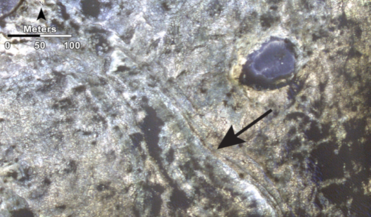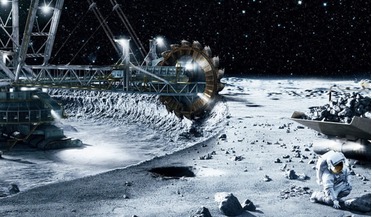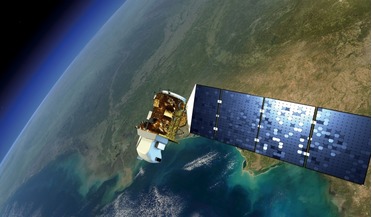 07 October 2019
Salty rocks found by Curiosity supports theory that Mars once had vast lakes
07 October 2019
Salty rocks found by Curiosity supports theory that Mars once had vast lakes
... now clearly long-gone and understanding more about the change in Mars’ climate from a watery world to that of a giant desert is one of... is far from done in its quest to unravel Mars’s climatic history and it has a few more years left before its...
 11 March 2020
Ultra-hot exoplanet literally rains iron say astronomers
11 March 2020
Ultra-hot exoplanet literally rains iron say astronomers
... 700 K (427 degrees celsius)! These fiery planets are therefore ideal laboratories for studying the extreme climates and chemistry of worlds whose conditions are far removed from what we are used to here on Earth. WASP...
 March 2016
Space Mining – the Reality of Tomorrow?
March 2016
Space Mining – the Reality of Tomorrow?
... may be perhaps a 100 megacities of more than 10 million people. Our world will be experiencing significant elements of climate change, major environmental shifts, and growing natural resource needs. The world as we know it today will significantly...
 October 2018
Using space-based data for humanitarian causes
October 2018
Using space-based data for humanitarian causes
... duties to employ space technology to mitigate human suffering. The situation is likely to be exacerbated by anthropogenic climate change as it leads to the displacement of people and communities. In this timely ‘conversational’ article, PJ Blount...
 April 2019
Cleaning up space
April 2019
Cleaning up space
... numerous other tasks. In addition, satellites are used to manage and mitigate natural disasters, monitor the Earth’s climate and well-being and provide information for national security. In short, without satellite data, the lives...
 October 2020
Essential role of satellites in disaster and pandemic management
October 2020
Essential role of satellites in disaster and pandemic management
... and non-state actors to address a range of global issues including preserving the environment, monitoring climate change, protecting biodiversity, enabling education, managing the weather, providing telemedicine services and managing agricultural...